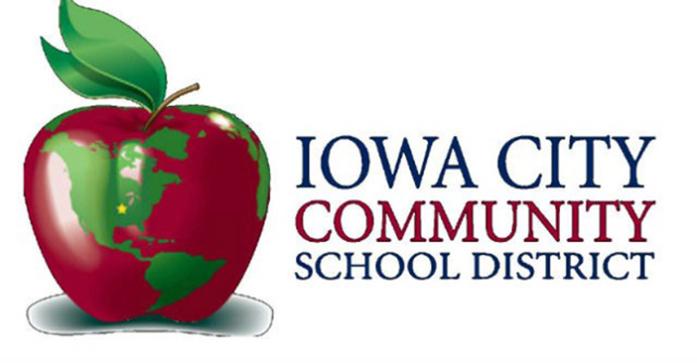After the Iowa City School Board recently unanimously reapproved a bus system that allows families to pay for seating on school buses for their children, School Board officials are trying to expand interest in the program.
The pay-to-ride bus system is available to all students, but it is limited to capacity depending on the existing route or stop. The reintroduced program is provided on space available, time available, first-come, first-serve basis for open seats.
“We’ve had the pay-to-ride system in place for several years now,” said Craig Hansel, the district chief financial officer. “It offers an opportunity for parents who don’t qualify for mandatory busing for a fee to transport their children to school.”
Under Iowa Code 258.1, students from grades K-8 that live more than 2 miles and students grades 9-12 living more than 3 miles from school must be provided bus transportation to their school. The pay-to-ride bus system eliminates that factor, giving the chance for parents to receive transportation for their families who live closer than those regulations for a fixed rate.
In January, the School Board moved to eliminate discretionary busing or free transportation for students who live within two or three miles of their respectful schools, because of the lack of funding from the state.
“Because of underfunding of education we have to find ways to continue to focus our dollars in the classroom,” School Board Vice President Brian Kirschling said. “Right now, we’re looking to see how many parents choose to enroll their child in the system.”
The pay-to-ride bus system was re-evaluated and reapproved in response.
The state of Iowa ranks 35th in the nation in education spending per pupil, approximately $1,600 below the national average.
The district has found it difficult to further provide discretionary busing at no cost for any longer, Kirschling said.
Currently, the School District provides discretionary busing to 34 areas that have safety concerns. Safety factors have become prominent in the School Board’s decision when providing discretionary busing, with some students in the district facing socioeconomic and other barriers, such as highways and no sidewalks.
But Kirschling said parents have insisted on paying for transportation after the board decided to cut off discretionary busing, becoming income-sensitive for parents who live fewer than two or three miles.
“One of the reasons we have really pushed the pay-to-ride system is because people who are not legally obligated to provide busing to, we’re fine with providing busing that they’re just going to pay for,” he said.
With the goal to increase access to education for elementary students who have transportation barriers, the primary focus aims at improving the overall attendance and reduce tardies for students.
School Board President Chris Lynch, said the board thinks there will be an increase in utilization of the program for next year.
“We’re trying to fully utilize bus capacity,” he said. “If there’s room on the bus, we’re going to take the kids.”
Families of students who receive seats on their desired bus route and stop will be charged a one-time fee of $518; families of students who are eligible for free-reduced lunch will pay $318. Families of students who qualify for free lunch pay nothing.



